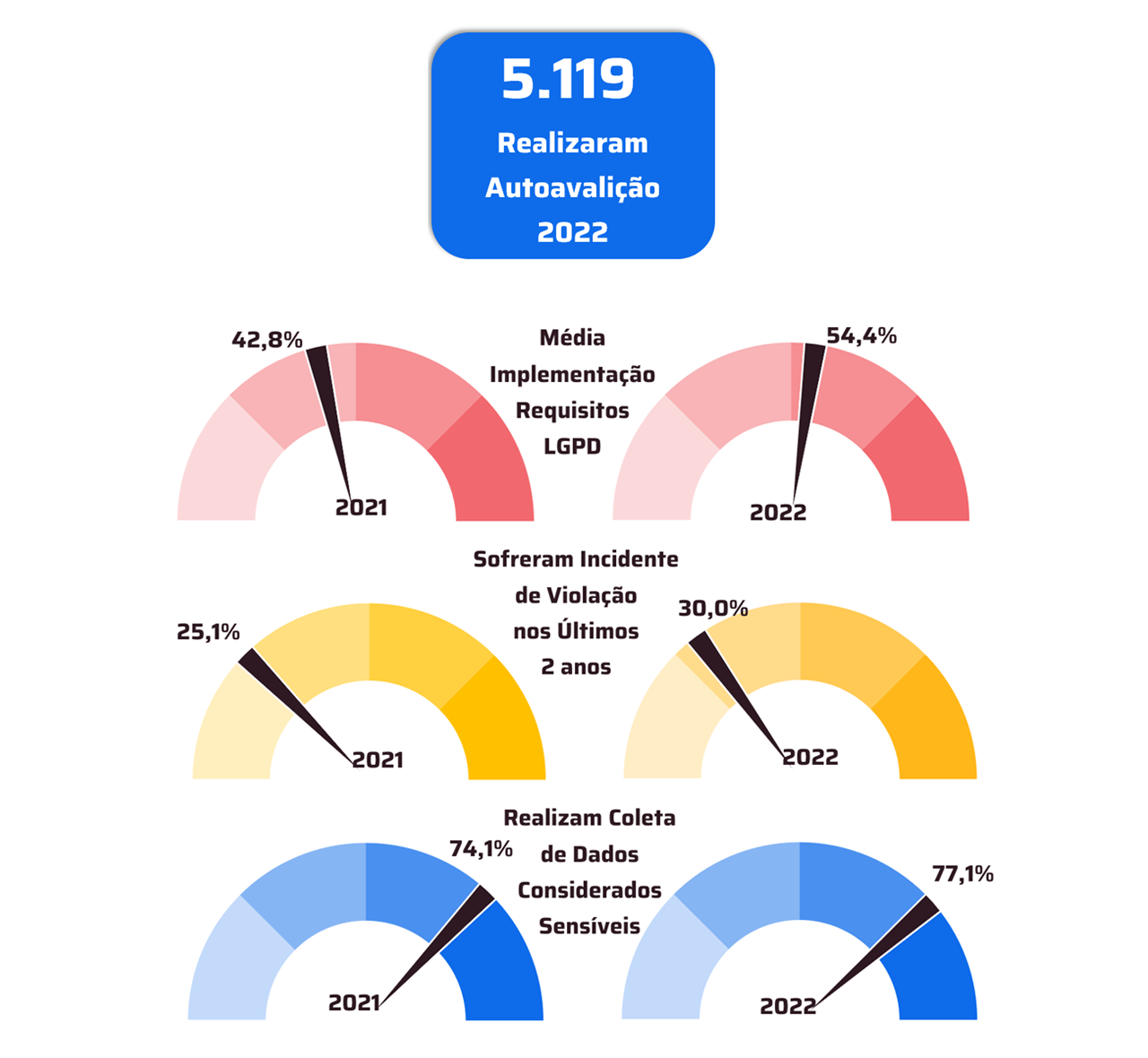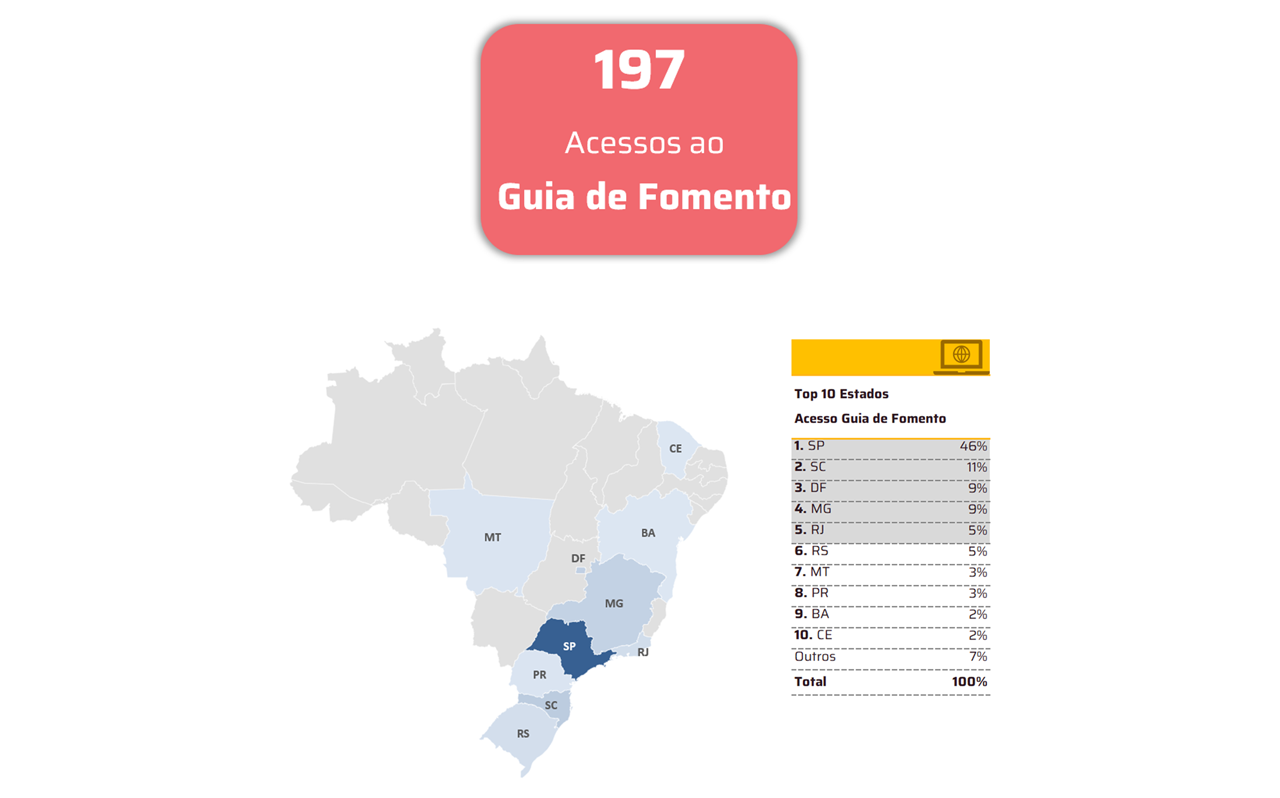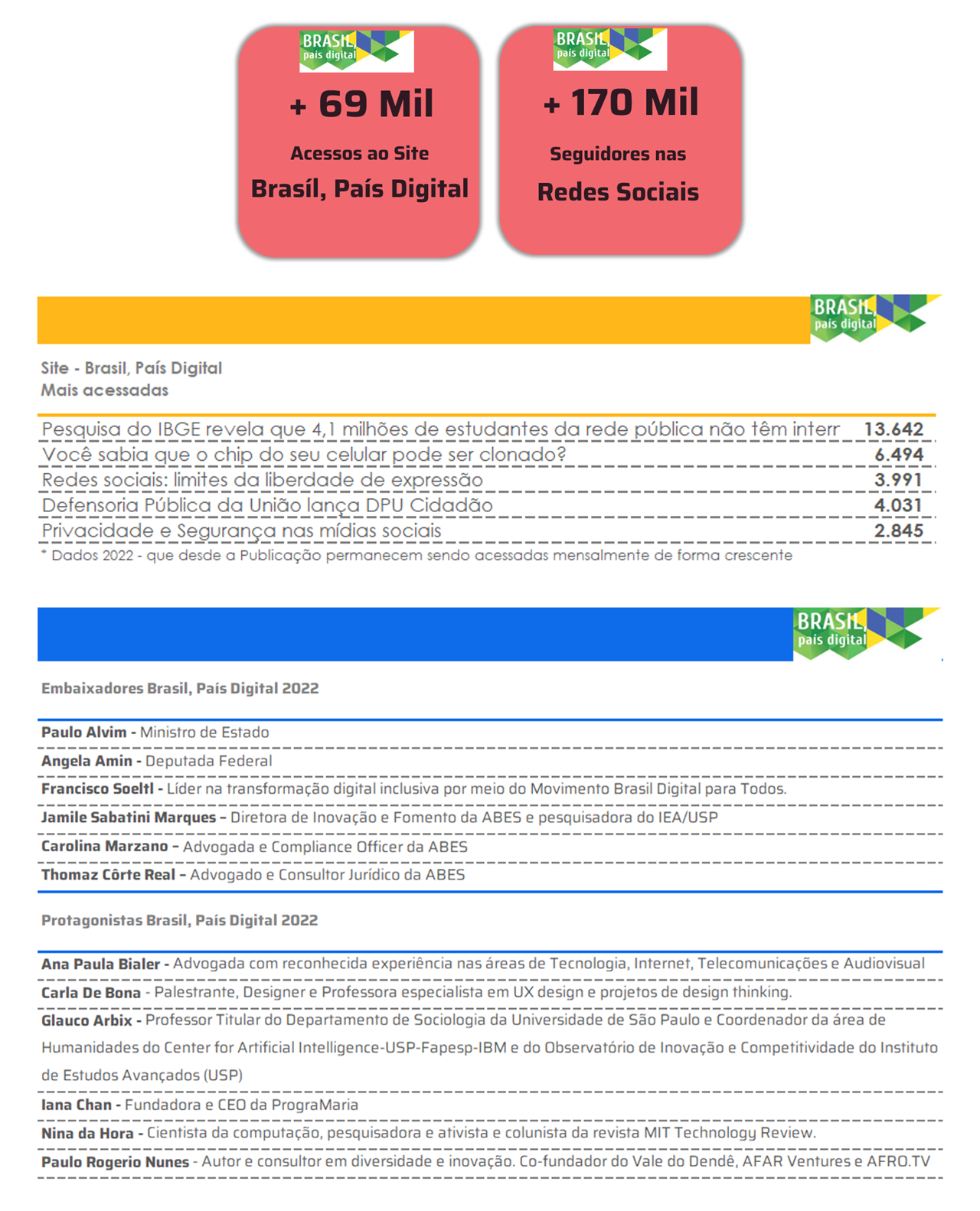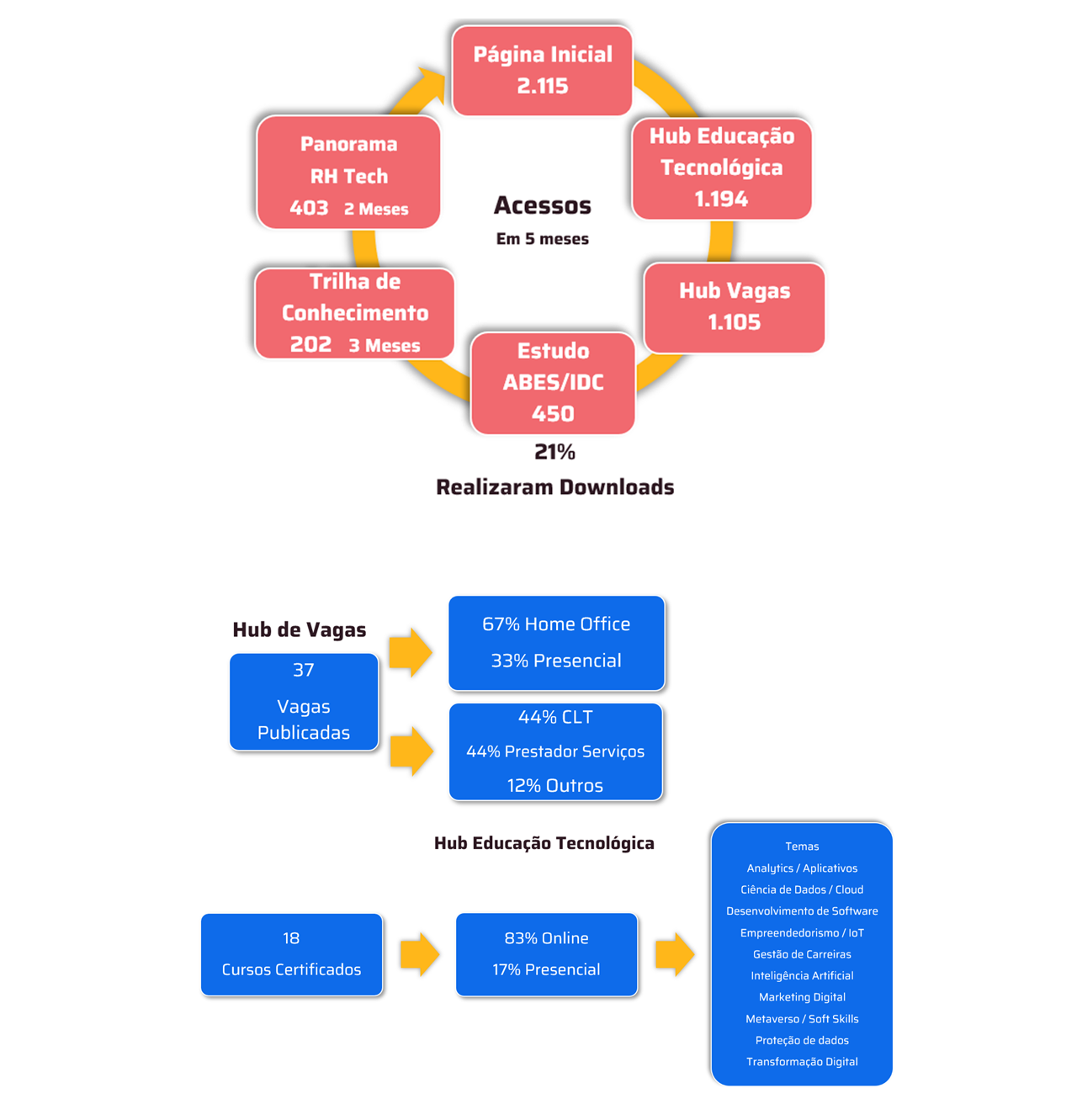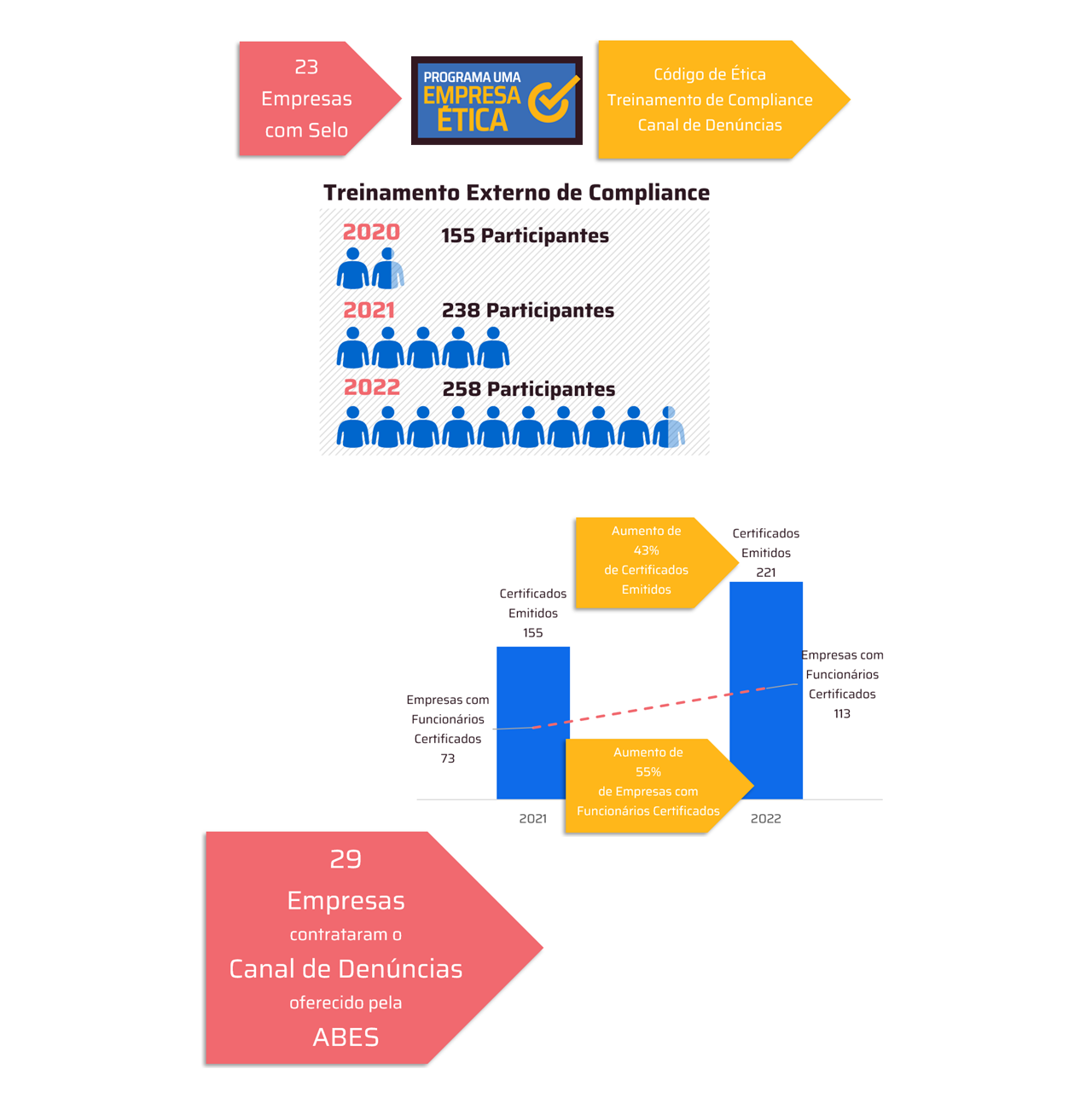IPBES report highlights the urgency of sustainable changes in agriculture to tackle biodiversity loss and the climate crisis
 *Per Denny Thame and Jean Ometto
*Per Denny Thame and Jean Ometto
O IPBES, the Intergovernmental Science-Policy Platform on Biodiversity and Ecosystem Services, brought together a team of the best scientists from all over the world to think about the links of interdependencies and run models with possible future scenarios, from the most conservationist to the most “business as usual”. Their findings and recommendations should be studied very carefully, as they were made with great caution and scientific rigor.
In particular, the need to rethink agricultural systems to face challenges related to sustainability, food security and desertification: monoculture, indiscriminate use of pesticides, and the intensification of agricultural practices that have exerted significant pressure on ecosystems, contributing to the loss of biodiversity, soil degradation and greenhouse gas emissions.
The report therefore recommends a transition to more sustainable production systems, such as regenerative practices, including silvopastoral systems and biodiversity-based agriculture, and innovative precision technologies. In addition, the report highlights the importance of reducing food waste and developing science and technology to increase the adaptive capacity and resilience of plants and animals to climate change.
The transformations will not be easy, for example the gaps in financing to meet biodiversity needs range from US$0.3–1 trillion per year, and the additional investment needs to achieve the Sustainable Development Goals more directly related to water, food, health and climate change are at least US$4 trillion/year.

Figure SPM.7: The economic landscape of global sustainability: interdependencies and financing gaps. The figure illustrates the stark contrast between the dependence (2) and impact (3) of economic sectors on nature, and between public investment in economic sectors that drive nature decline (4) and biodiversity financing (6). The length of the arcs is adjusted for inflation to represent a share of 2023 global GDP (estimated at US$105.6 trillion). 1) Global GDP in 2022 (US$105.6 trillion); 2) Global GDP
But there are many solutions that are already available, are low cost and have been known for a long time.
In the figure below report The main objectives are water conservation, the use of agroforestry, the sustainable intensification of agriculture and the increase in biodiversity in agricultural landscapes. Sustainable consumption is proposed, with the reduction of food waste, the replacement of unsustainable fertilizers and the encouragement of the circular bioeconomy and renewable energy. Pollution reduction, integrated landscape planning and the restoration of ecosystems are also recommended. Climate risk management measures, such as environmental assessments and early warning systems, are considered essential, in addition to the promotion of rights and equity through inclusive policies, access to water security and infrastructure for marginalized communities. Finally, financial incentives, global cooperation and the restoration of ecosystems are suggested, prioritizing the reconnection of people with nature.
The report addresses agriculture, livestock and food, emphasizing the need to transform agricultural practices and food systems to make them more sustainable and equitable. It highlights the role of agroecological transitions, which integrate biodiverse practices, distributive justice (based on equity) and climate resilience, promoting synergies between food production, biodiversity restoration and human well-being. Systems such as integrated crop management and agroforestry diversification are highlighted as effective strategies to reduce dependence on chemical inputs and increase soil health and agricultural productivity.
Source: IPBES, 2024
From a technological perspective, the report emphasizes the use of innovations such as digitalization of food systems, intelligent energy and water management, and biotechnologies that optimize resources and promote regenerative practices. They help integrate livestock and agriculture into circular systems, such as precision drip fertigation, which is identified as a way to promote the efficient use of inputs, nutrients, waste recycling, and soil management. These practices, in addition to reducing environmental impact, increase the resilience of production systems to climate shocks.
However, a world that is more dependent on science and technology and has greater scarcity exacerbates the risks of inequalities in access to technologies and the need to integrate them into governance structures that prioritize equity and justice. Public policies such as financial incentives for sustainable practices, technology transfer and the redesign of agricultural subsidies are crucial to align economic activities with conservation and environmental sustainability objectives, ensuring the viability of sustainable food systems in the long term.
The challenges of thinking about governance in terms of interdisciplinarity and connection and taking actions in partnership with different stakeholders undoubtedly bring an additional level of complexity to decision-making. Thus, governance is an essential pillar for promoting transformative changes that reverse biodiversity loss and address interconnected global crises. Inclusive and integrated governance systems are needed to align values, structures and practices that incorporate justice, equity and pluralism.
The interconnected dimensions of biodiversity, water, food, health and climate need to be integrated into multi-level governance that encompasses everything from local interventions to global policies, promoting public-private partnerships and strengthening the capacities of local communities. Participatory and transparent processes need to include monitoring, accountability and the active participation of indigenous and local communities, ensuring that solutions are tailored to specific contexts.
Integrated landscape and marine planning tools, combined with social justice and equity, need to be key strategies to mitigate conflicts between development and conservation, while strengthening ecological and social resilience. It is important to address barriers such as inequalities in access to decision-making, institutional fragmentation and concentration of power, which perpetuate current unsustainable patterns.
Figure SPM.11. Nexus governance addresses the challenges associated with governing interactions across multiple elements, including implementing response options to influence the impact of direct and indirect drivers. The five key components of nexus governance {D1} shown in the figure include: integrative and holistic frameworks, inclusive approaches, equity and accountability considerations, collaborative and coordination processes, and adaptive, reflexive and experimental approaches, and these components can guide the implementation of response options and address direct and indirect negative drivers of change, including unsustainable and inequitable values and behaviors {4.2, 4.5, 7.3}. Mobilizing and strengthening existing and new types of capacities {D5} can also help drive coordinated action by actors and institutions working across a variety of contexts. The use of specific decision support tools (4.6} can help to strengthen capacities that can facilitate enhanced opportunities for stakeholder engagement, supporting nexus governance and the selection and implementation of response options to address direct and indirect drivers of change. Scaling response options can also ensure broader, fairer and more sustainable outcomes. Source: IPBES, 2024
Nexus governance (biodiversity, water, food, health, and climate) addresses the challenges associated with managing interactions between multiple elements, including implementing response options to influence direct and indirect impacts. The five key components of Nexus governance, highlighted in the figure above, include: integrative and holistic frameworks, inclusive approaches, equity and accountability considerations, collaborative and coordination processes, and adaptive, reflexive, and experimental approaches. These components can guide the implementation of response options and address negative direct and indirect drivers of change, including unsustainable and inequitable values and behaviors.
Mobilizing and strengthening existing and new capacities can also drive coordinated action by actors and institutions operating in different contexts. The use of specific decision support tools can help strengthen capacities by facilitating greater opportunities for stakeholder engagement, supporting Nexus governance, and the selection and implementation of response options to address direct and indirect drivers of change. Scaling response options can ensure broader, fairer, and more sustainable outcomes.
- Interconnected Sectors:
- Water: Sustainable governance of water resources, including integrated river basin management.
- Biodiversity: Conservation and restoration of ecosystems essential for ecosystem services.
- Food: Sustainable agricultural practices that promote food security and climate resilience.
- Health: Promoting human and environmental health through integrated policies.
- Climate: Mitigation and adaptation strategies based on nature-based solutions.
- Levels of Governance:
- Place: Implementation of solutions adapted to communities, with an emphasis on the active participation of local actors.
- National: Development of public policies that connect sectors and scales.
- Global: International cooperation to align goals and resources at a global level.
- Coalitions and Participation:
- Involvement of governments, indigenous and local communities, civil society, private sector and academia.
- Promotion of participatory processes for the co-creation of solutions and sharing of responsibilities.
- Guiding Principles:
- Justice, equity and inclusion.
- Respect and appreciation of different knowledge systems.
- Adaptive planning to deal with uncertainty and dynamic changes.
Central Message: Success in addressing Nexus challenges depends on integrated, participatory and multi-level governance that connects local actions to global strategies, promoting effective and fair solutions.
Therefore, public policies must be based on data and adaptive governance principles, respecting nature, including mechanisms such as regulations, taxes and subsidies for sustainable practices, while emphasizing the role of co-creation of knowledge with local and indigenous communities to form a society that allows for more legitimate, robust and fair decision-making.
Summary of the Transformative Change Assessment Report
The report presents an analysis of the underlying causes of biodiversity loss and the necessary steps for transformative change to achieve the 2050 Biodiversity Vision and the Sustainable Development Goals.
These are necessary, urgent and challenging, but possible, transformative changes. These changes involve systemic reorganizations of technological, economic and social factors, accompanied by changes in paradigms, goals and values. The goal is to reverse the loss of biodiversity, preserve ecosystem services and achieve harmonious coexistence between humans and nature.
The main conclusions include:
- Underlying Causes: Biodiversity loss is deeply connected to historical and current patterns such as disconnection from nature, concentration of power and wealth, and the prioritization of individual and short-term gains.
- Guiding Principles: Transformations must be guided by principles of justice, equity, pluralism and inclusion, respect for human-nature relationships and adaptive learning.
- Need for Immediate Action: Delay in reversing biodiversity loss could double the economic costs and number of people involved compared to immediate action.
- Integrated Strategies: Multi-sectoral approaches are needed that connect biodiversity, climate change, food, health and water.
- Inclusion of Diverse Knowledge: Recognizing the role of indigenous and local knowledge is essential to promote adaptive and integrative solutions.
- Systemic Challenges: Political, economic and institutional barriers, as well as unsustainable patterns of consumption and production, continue to hinder meaningful change.
Concrete actions based on the conservation of high-value ecosystems, transitions in productive and economic systems, and the integration of innovative technologies with sustainable practices, with multi-stakeholder coalitions and inclusive governance are needed to make these transformations possible.
Nexus Assessment Report Summary
The report, aimed at decision-makers, is groundbreaking in its analysis of the connections between biodiversity, water, food, health and climate change, highlighting the need for integrated actions to address global environmental crises. It emphasizes that biodiversity is fundamental to ecosystem resilience and human well-being, but is threatened by unsustainable practices, consumption and production patterns, and inadequate governance. It highlights the urgency of transformative changes in economic, social and political systems to address biodiversity loss and the consequences of climate change, and the need to integrate actions that simultaneously address multiple objectives, such as food security, ecosystem preservation and health promotion.
Critical Interconnections: Water, food, biodiversity and health are intrinsically linked, and fragmented approaches fail to respond to global crises.
Impacts of Degradation: The destruction of ecosystems exacerbates problems such as food insecurity, water crises and climate vulnerability, mainly affecting poorer communities.
Transformative Change Needed: It is essential to reformulate production systems and consumption patterns to align economic growth with environmental sustainability.
Priority Actions: Promote regenerative agricultural practices, reduce pollution, increase protected areas, restore degraded ecosystems and promote healthy and sustainable diets.
Inclusive Governance: Involving diverse stakeholders, including indigenous and local communities, is crucial to developing solutions adapted to local and regional contexts.
Sustainable Financing: Significant financing gaps for biodiversity and climate must be addressed through economic incentives and redistribution policies.
The report concludes that a sustainable future depends on bold and coordinated decisions that take into account not only environmental challenges, but also social justice and global equity, reinforcing that, although the challenges are complex, there is a viable path to living in harmony with nature, ensuring essential benefits for all people.
*Denny Thame is a fellow of the Think Tank Abes, researcher at the Center for Research and Innovation in Greenhouse Gases (RCGI) and the Center for Carbon Studies in Tropical Agriculture (CCarbon) at the University of São Paulo USP. Jean Ometto is a Senior Researcher at the Brazilian National Institute for Space Research (INPE) and Coordinator of the Center for Earth System Sciences (CCST).
Notice: The opinion expressed in this article is the responsibility of its authors and not of ABES – Brazilian Association of Software Companies
Article originally published on the IT Forum website https://itforum.com.br/colunas/biodiversidade-conexoes-para-ser-efetiva-duradoura-e-resiliente/





